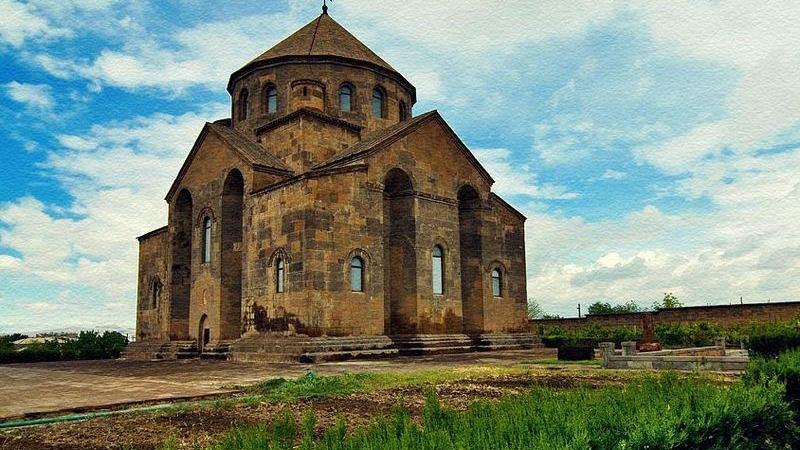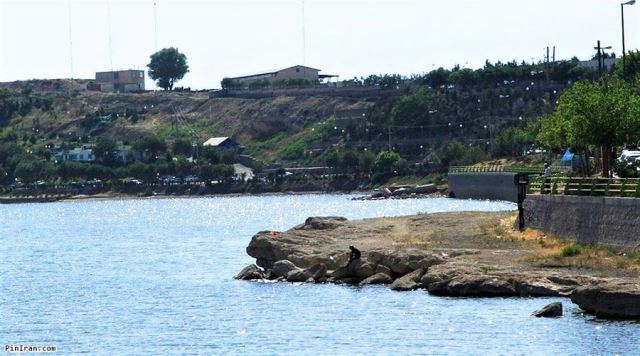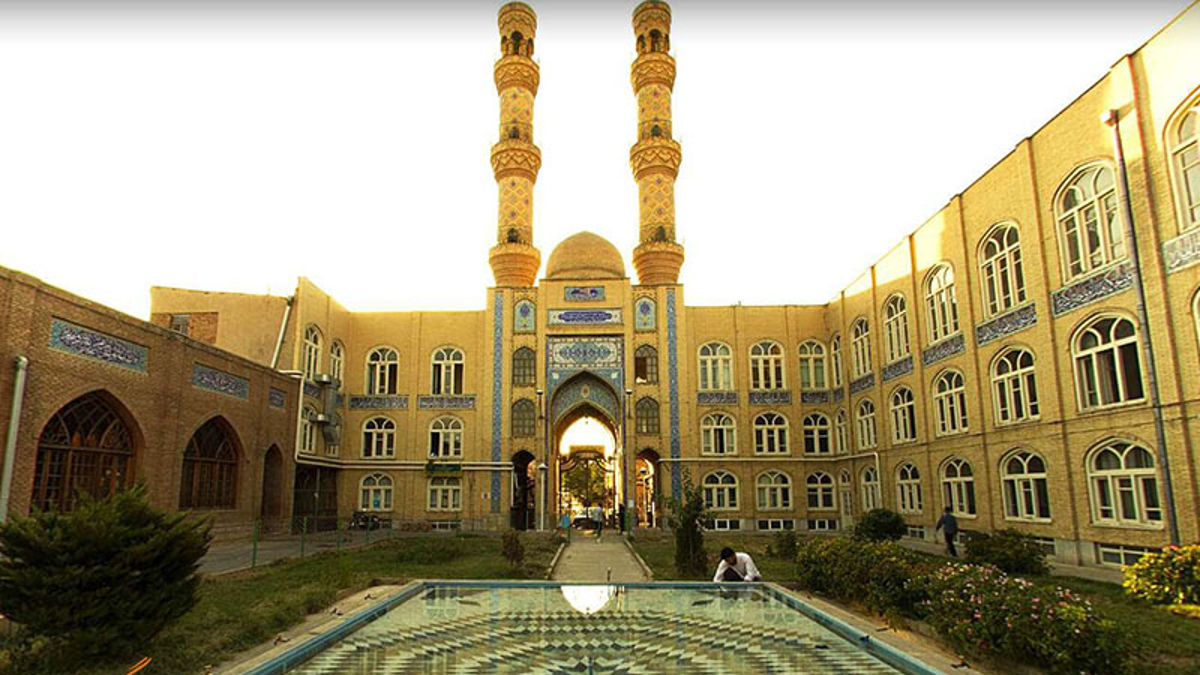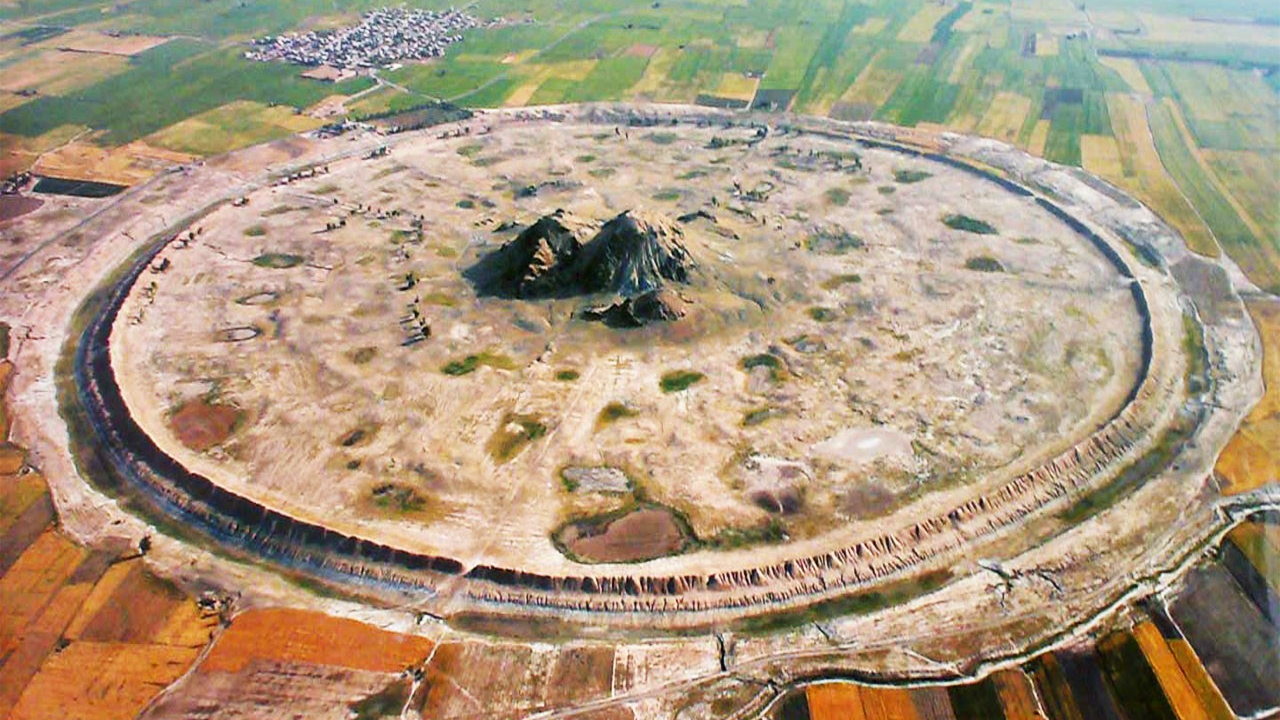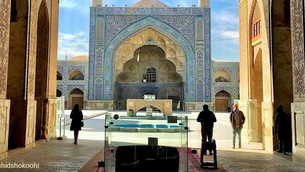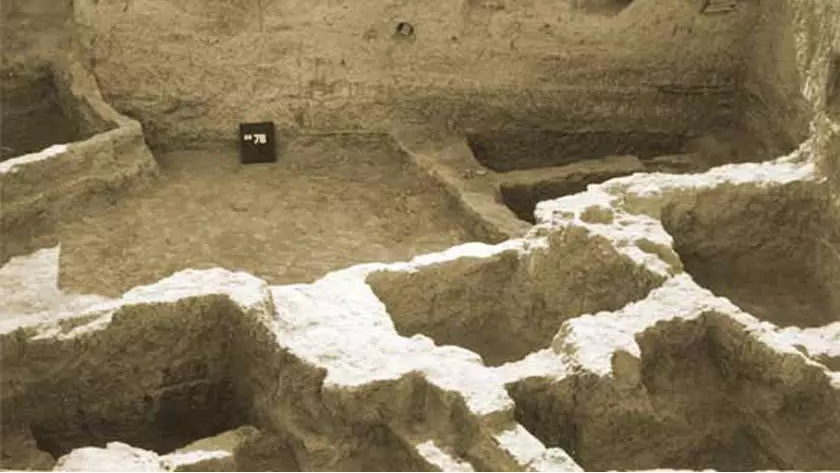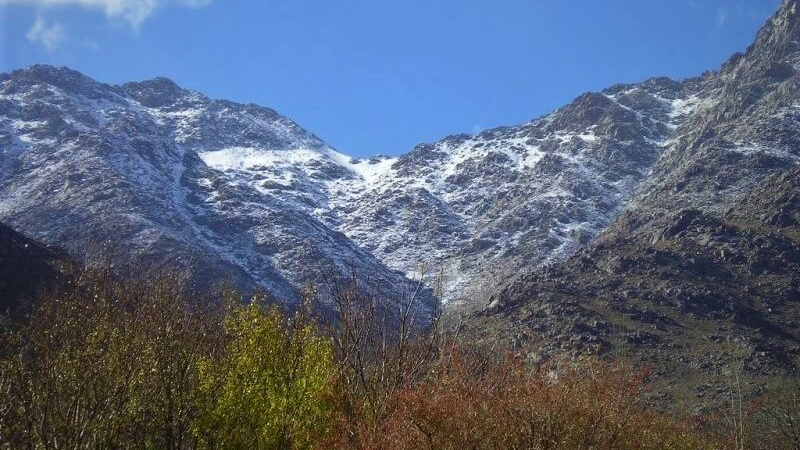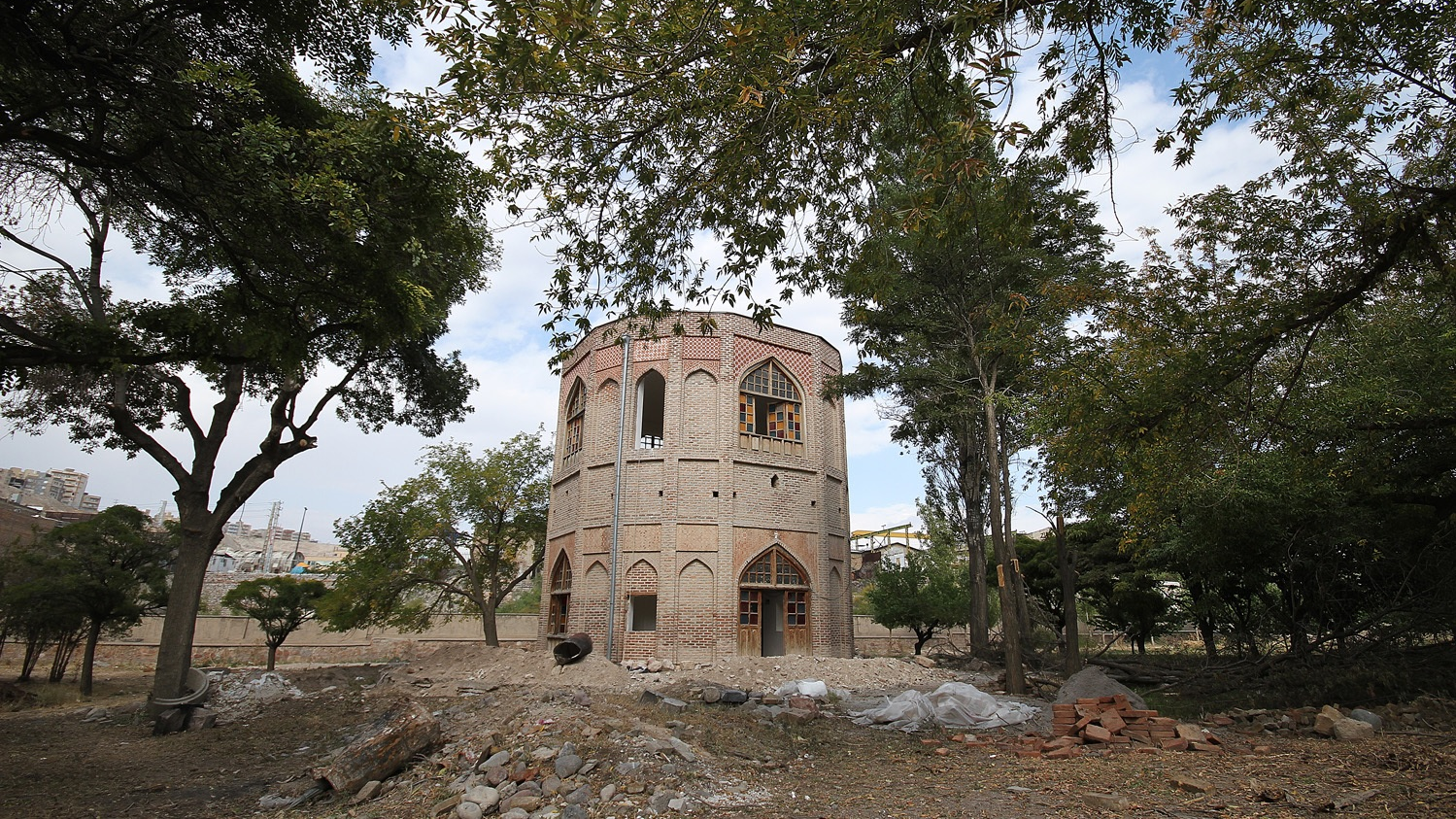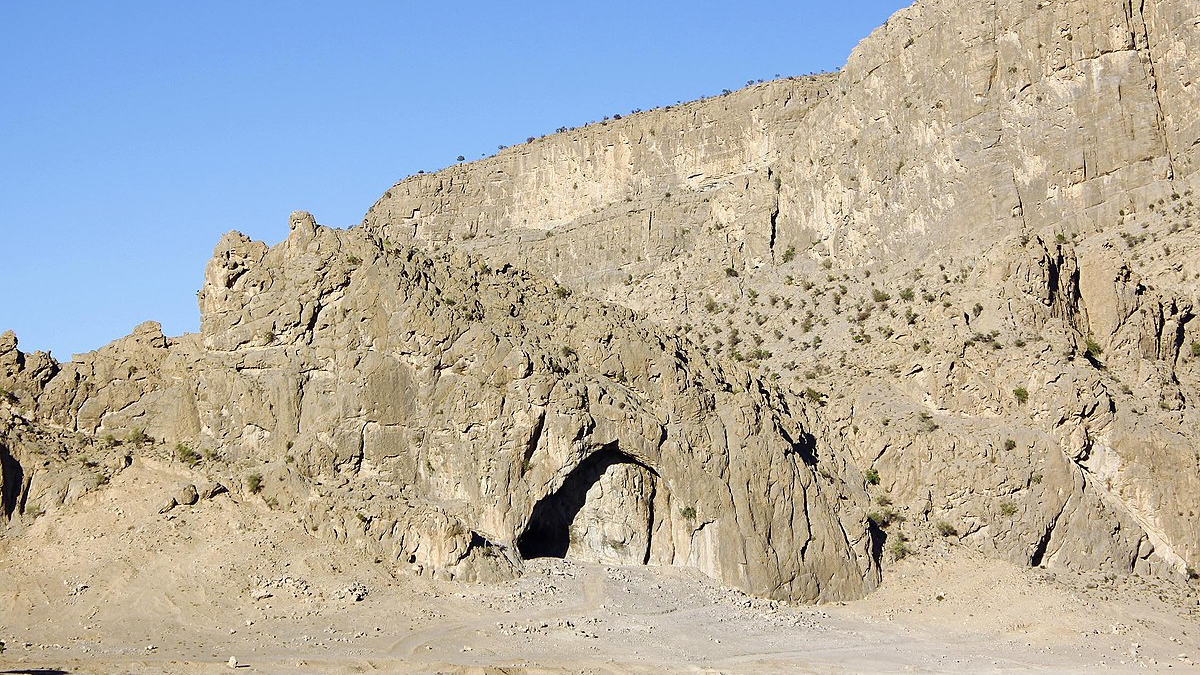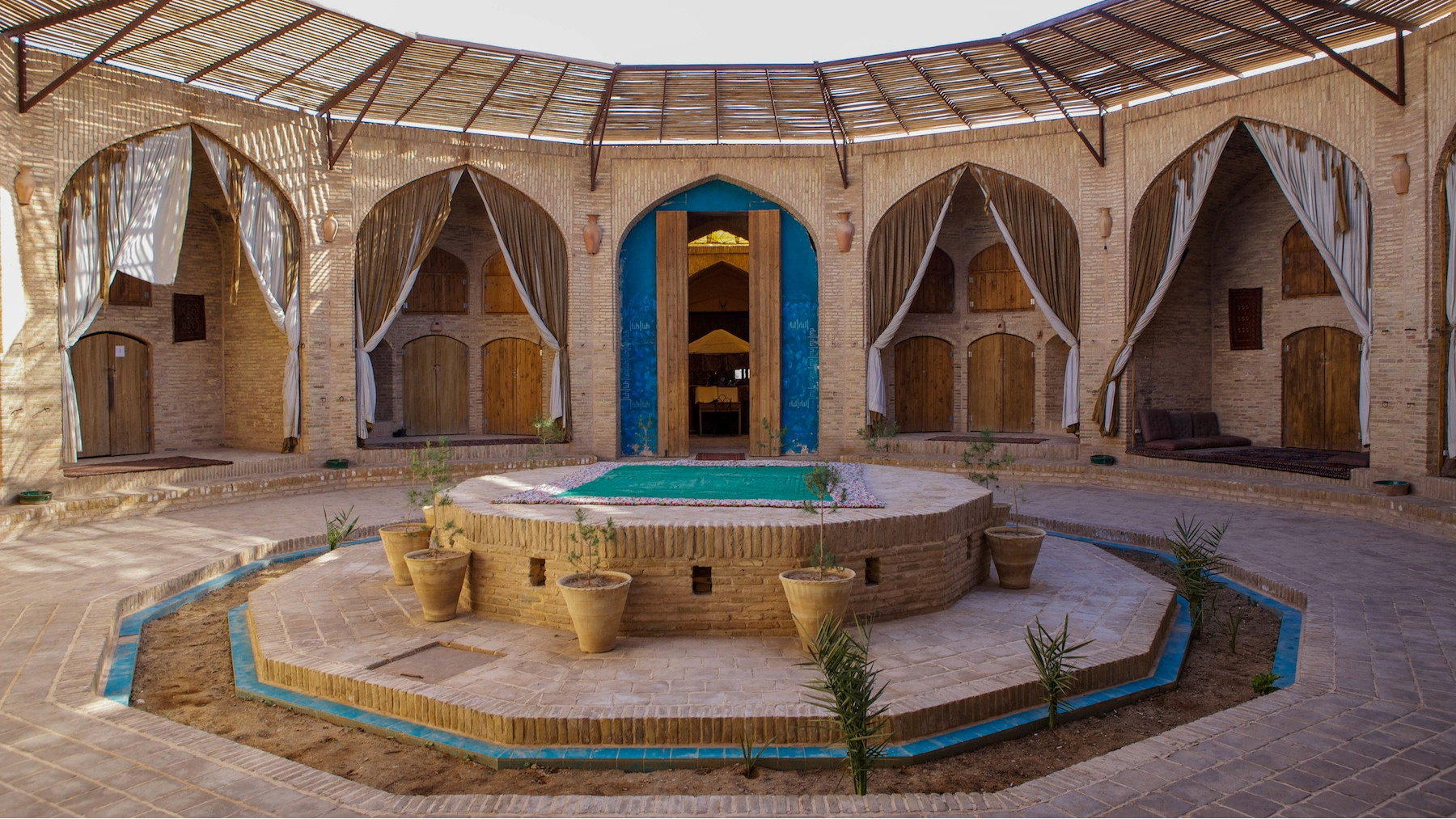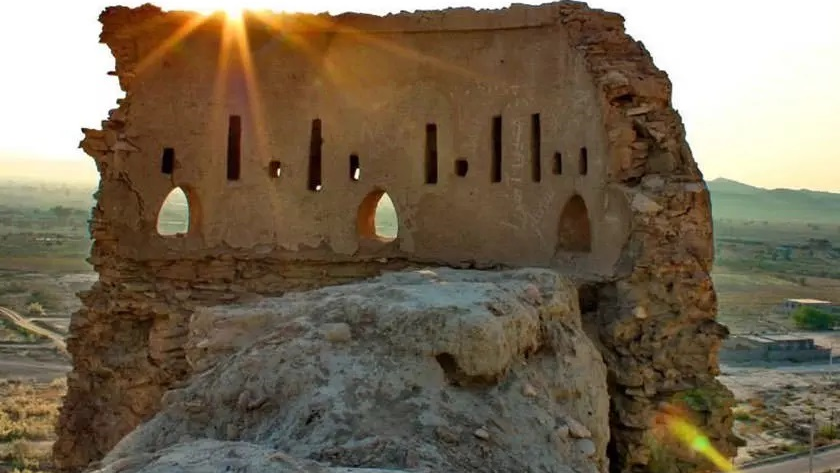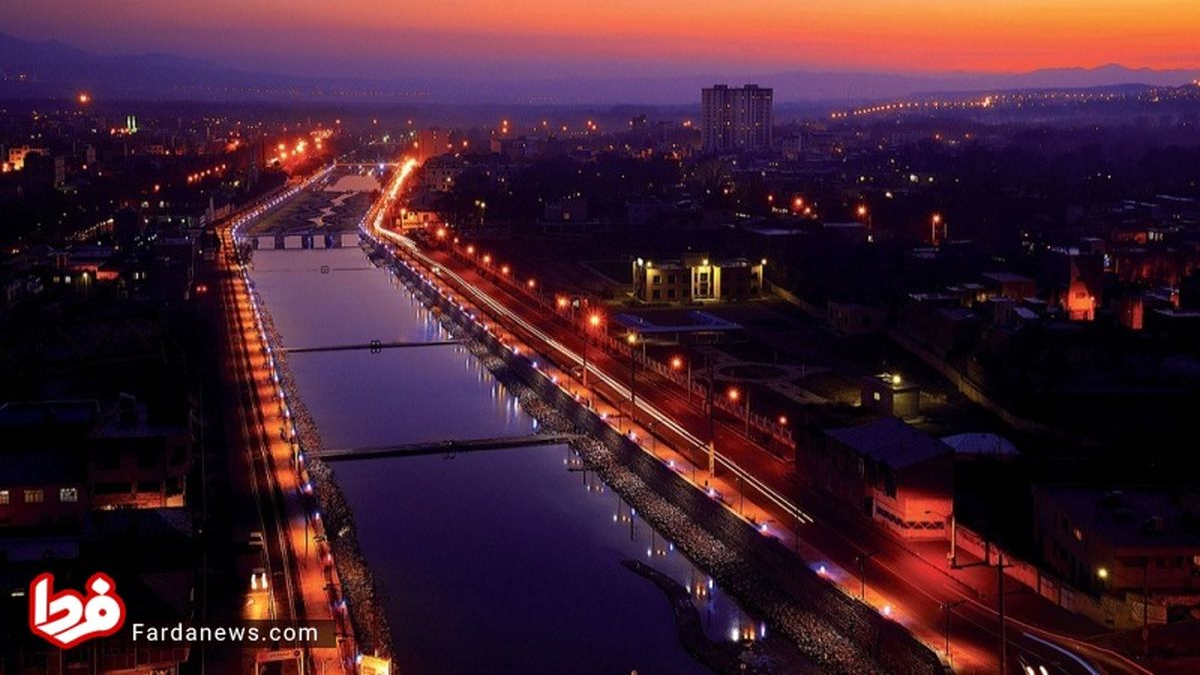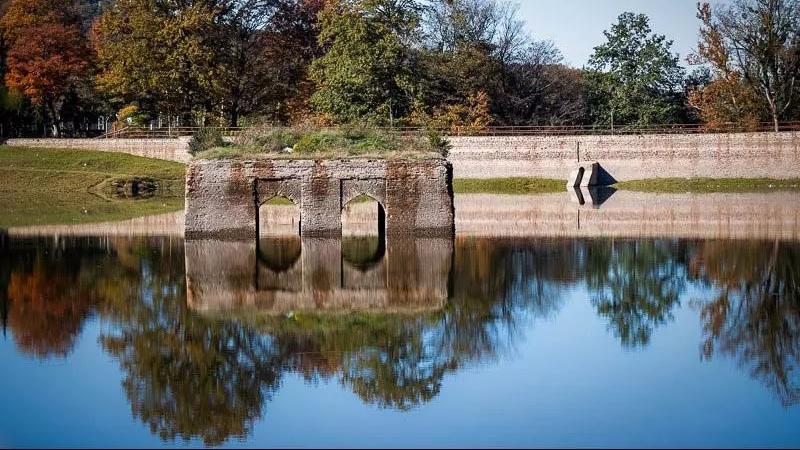
Saint John Church of Maragheh
A lot can be said about the history and beauty of Maragheh City. In addition to being the capital of Ilkhanate rule at one point in history (13th and 14th centuries AD), this city has always been the focus of attention of various rulers because of its geographical location. There are many historical monuments in Maragheh, most of which date back to the Ilkhanate era when this city had become a place for gathering and training scientists and students of the time following the establishment of the Maragheh Observatory. Presently, this city is known as one of the major cities of East Azarbaijan Province, and because of its natural and historical attractions, many tourists visit it every year.
Armenians in Maragheh
Armenia is the main settlement of Armenians in the world. However, the settlement of a part of the Armenian population in different parts of Iran has strengthened their relationship with Iranians. Many cities in northwestern Iran have been the habitats of Armenians since the distant past, and there are more than 180 Arminian churches in this region.
Maragheh, too, has been one of the Iranian cities, which had been one of the main habitats of Armenians for centuries. Since the Mongol Hulegu Khan (reigned from 1256 to 1265 AD) was a Christian and had chosen Maragheh as the capital of his government (Ilkhanate) many Armenians were encouraged to migrate to this city as a result of which Maragheh became one of the main centers of Armenian settlement in Iran and trade was one of the main purposes of Armenian migration and presence in the northwestern part of Iran.
Another wave of Armenian migration to Iran occurred in the early 20th century when nearly 15,000 people sought refuge in the northwestern regions of Iran and settled there. At present, the most important Armenian site in Maragheh is the Saint John Church.
Architecture and Features of Saint John Church of Maragheh
This church belongs to Catholic Armenians of Iran and its name has been derived from saint John, one of the apostles of Jesus, whom Armenians call “Hovhannes”.
Unlike what is seen in many similar buildings, the structure of this church is almost square-shaped and its façade is made of bricks. This church is relatively small and has an area of only 258 square meters. In one of the last restorations that started in 2017 and lasted for about four years, important parts of the building, including three arches in the hymnal area of the church, were restored and improvised.
The church has three main parts: the residence of the archbishop, a school, and a place where candles and incense are lit. The entrance to the church is located in the west. This entrance has a doorway with a dome arch. A dome with a bell has also been built above this entrance.
The chapel of the church is located in the eastern part where three arches with chevron curves can be seen. The middle arch is bigger than the two on the sides and has two rectangular windows with colorful window panes. The church has a brick porch that leads to the bell tower through two staircases. This tower is 12 meters high and is made of 16 sides. The small windows installed in the eastern, northern, and southern parts of the building provide the lighting needed inside.
History of Saint John Church of Maragheh
Experts believe that the original building of Saint John Church of Maragheh was very old and had been destroyed over time, due to various reasons including erosion or natural disasters. The church had a special status during the period of the Mongol Ilkhanate rule, but due to the migration of Armenians to other cities of Iran, it is less used these days.
The structure that can be seen now was built in 1840 AD (1219 AD) under the management of a person named “Samson Khan”. Russian and French architects had a major role in the reconstruction of this church. Several general and partial restorations have also taken place in this church.
Saint John Church of Maragheh was inscribed on the list of Iran’s national heritage in the year 1968.
This Saint John Church of Maragheh belongs to Catholic Armenians of Iran and its name has been derived from saint John, one of the apostles of Jesus, whom Armenians call “Hovhannes”.
| Name | Saint John Church of Maragheh |
| Country | Iran |
| State | East Azerbaijan |
| City | Maragheh |
| Type | Religious |
| Registration | National |
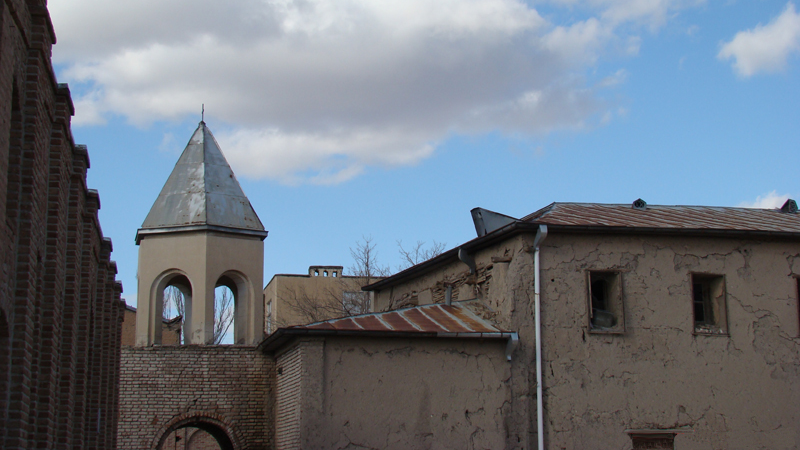
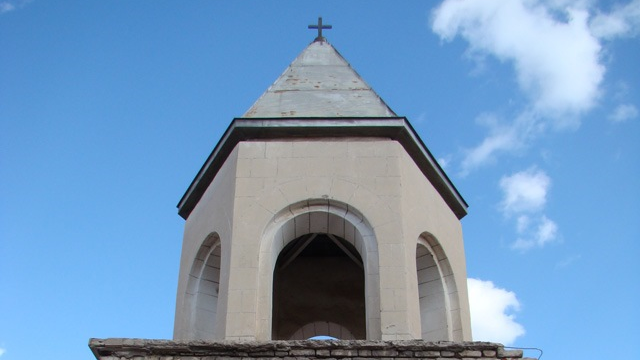
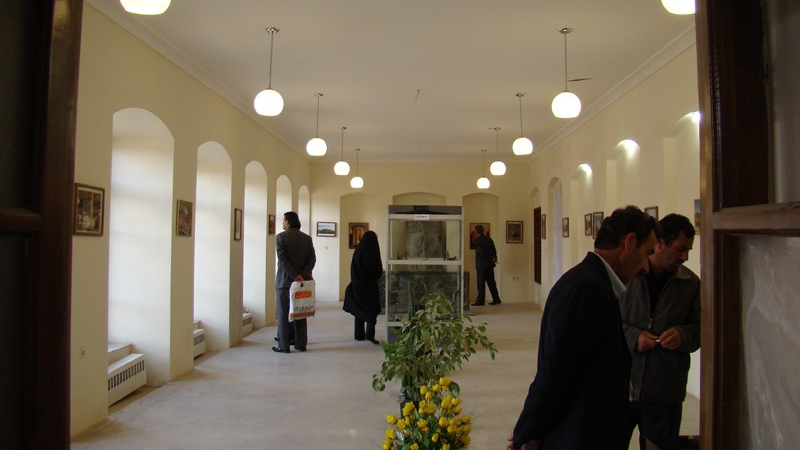
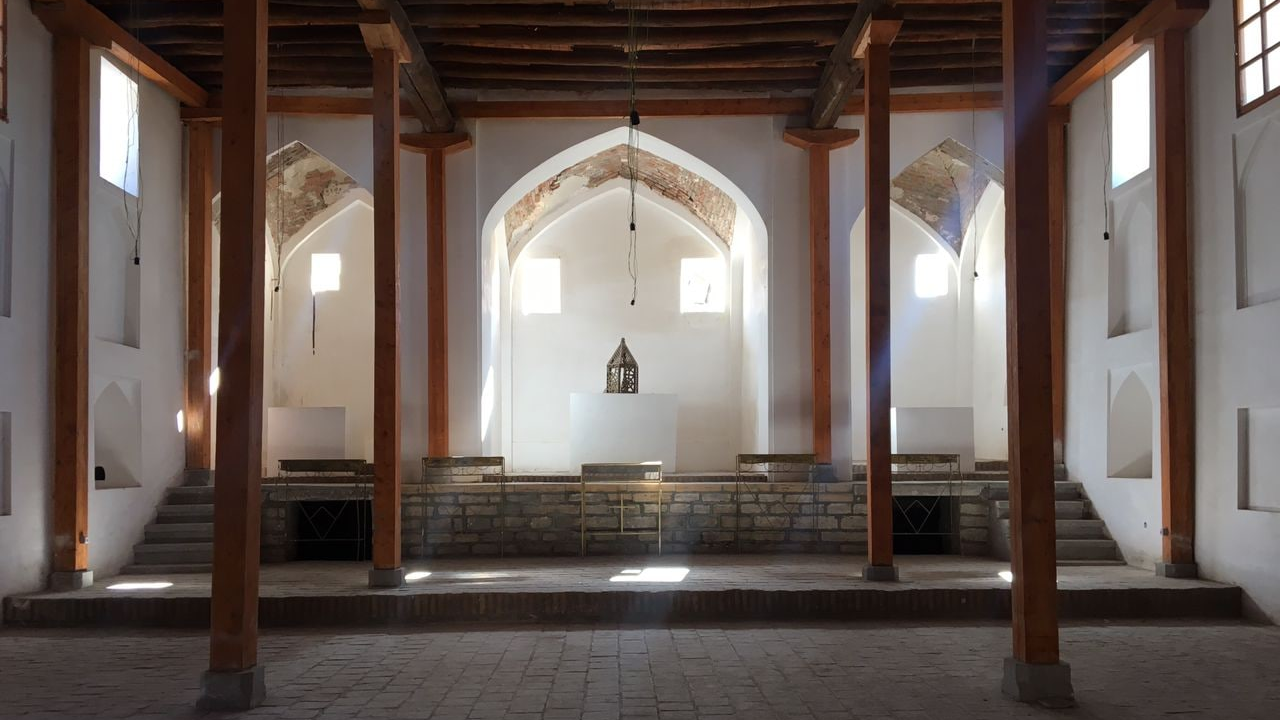
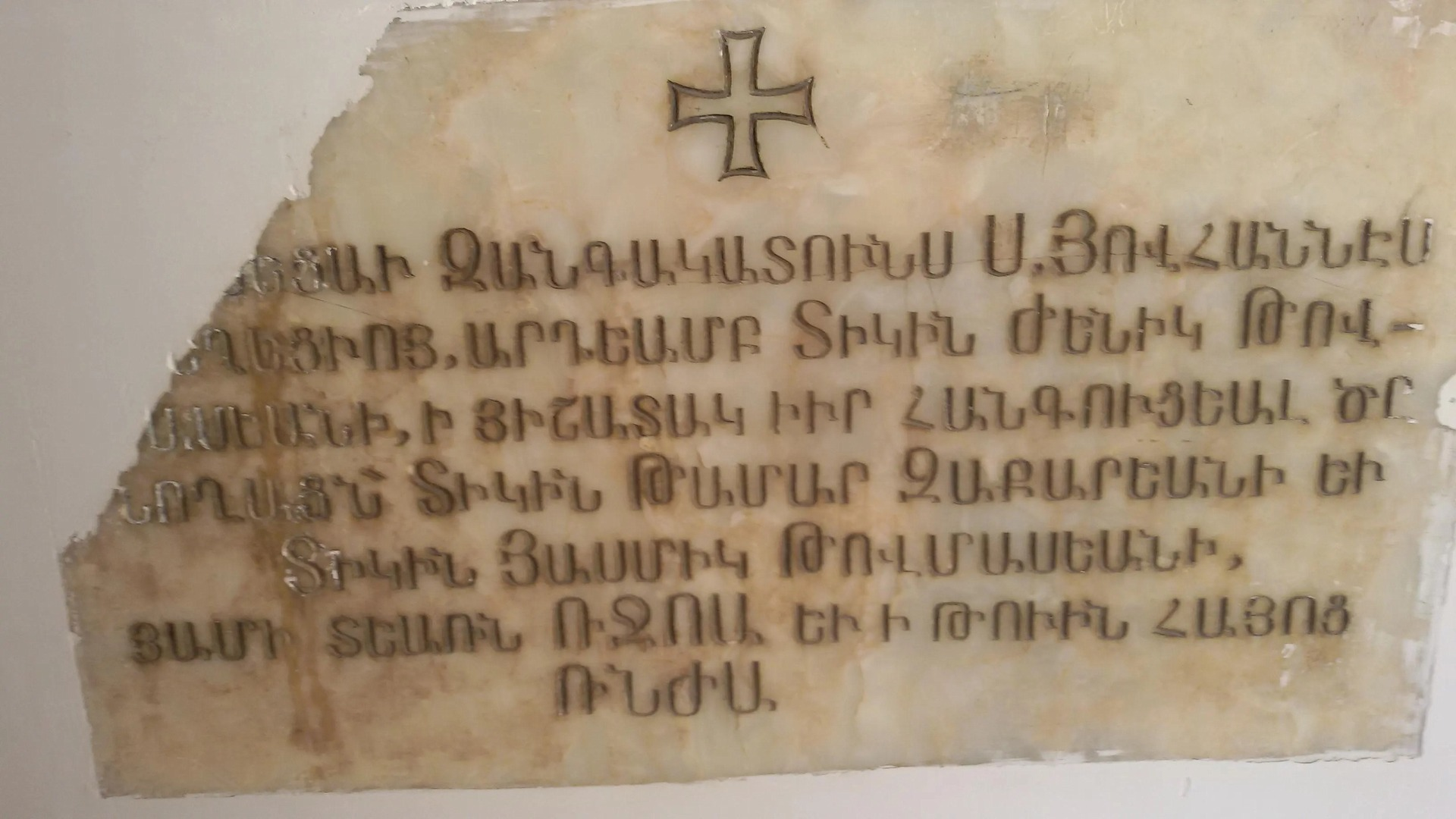





Choose blindless
Red blindless Green blindless Blue blindless Red hard to see Green hard to see Blue hard to see Monochrome Special MonochromeFont size change:
Change word spacing:
Change line height:
Change mouse type:
